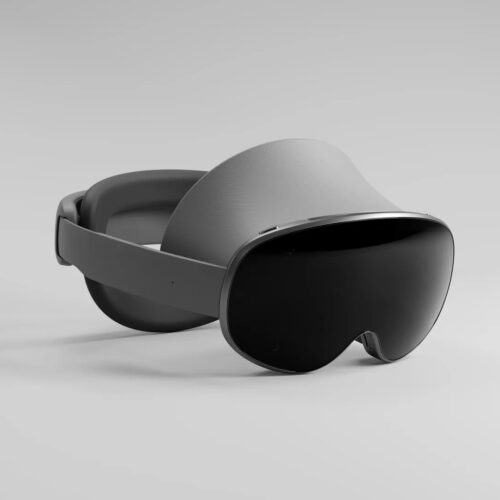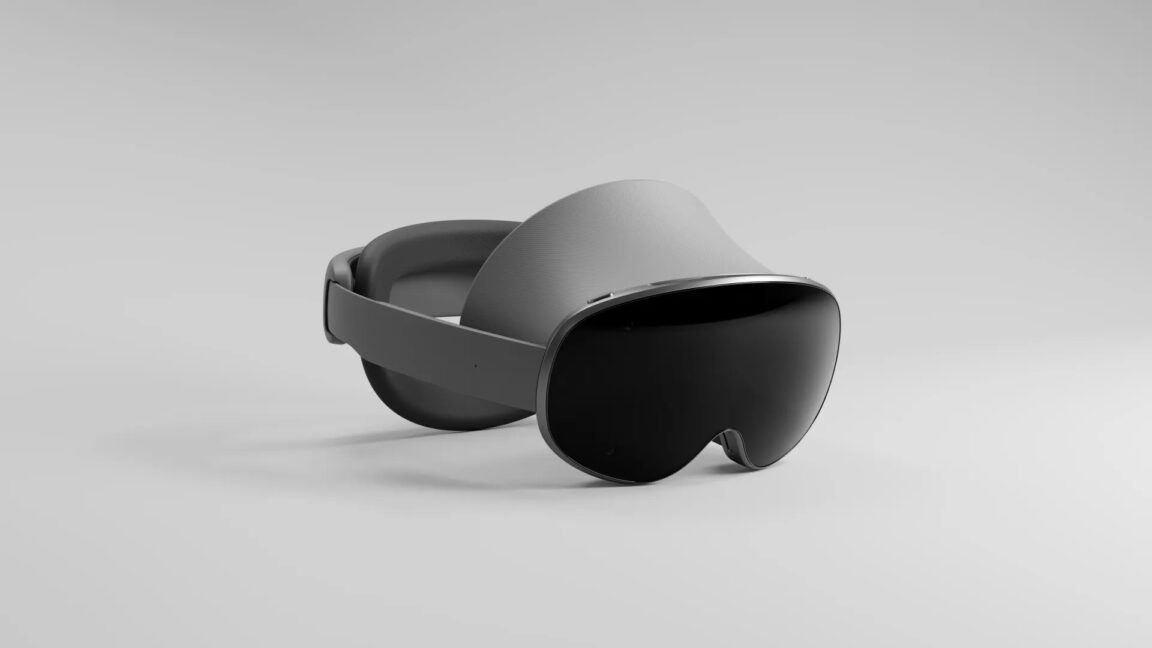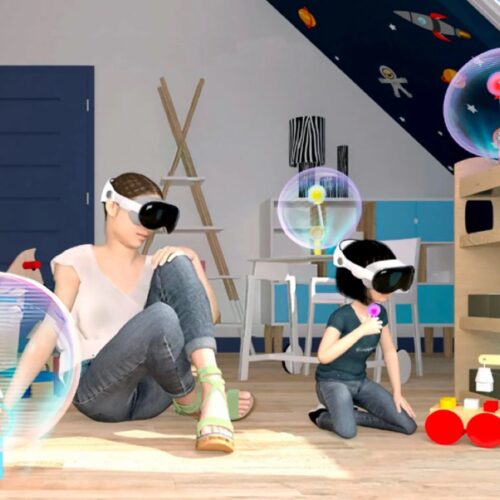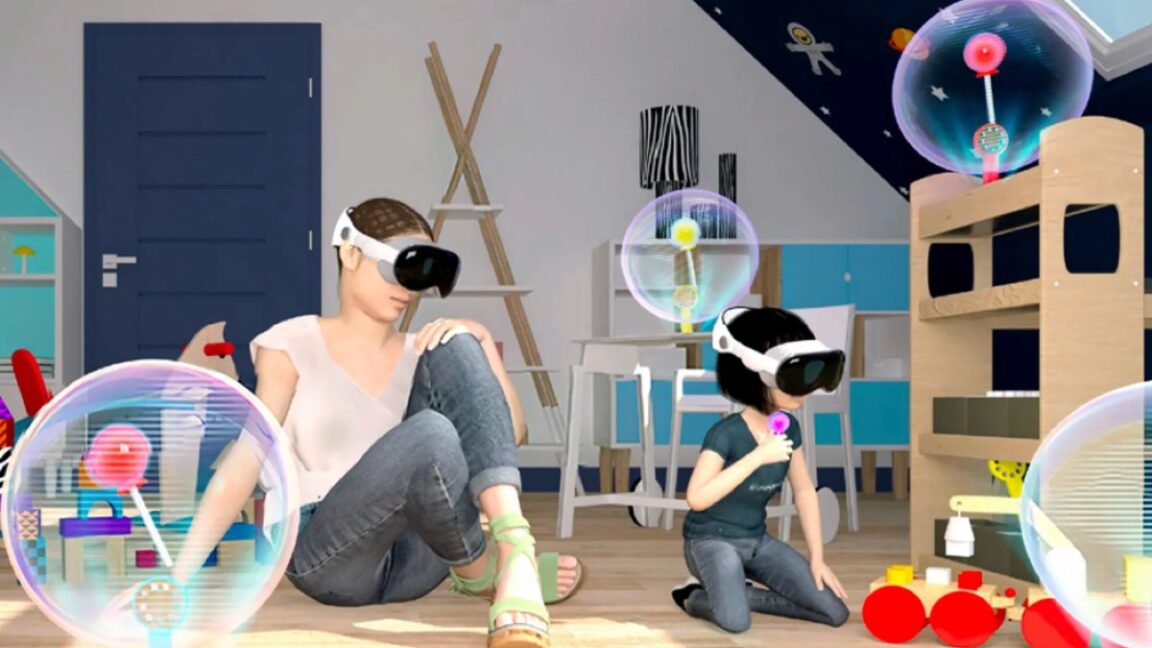Google steps into “extended reality” once again with Android XR
Citing "years of investment in AI, AR, and VR," Google is stepping into the augmented reality market once more with Android XR. It's an operating system that Google says will power future headsets and glasses that "transform how you watch, work, and explore."
The first version you'll see is Project Moohan, a mixed-reality headset built by Samsung. It will be available for purchase next year, and not much more is known about it. Developers have access to the new XR version of Android now.
"We've been in this space since Google Glass, and we have not stopped," said Juston Payne, director of product at Google for XR in Android XR's launch video. Citing established projects like Google Lens, Live View for Maps, instant camera translation, and, of course, Google's general-purpose Gemini AI, XR promises to offer such overlays in both dedicated headsets and casual glasses.


© Samsung

